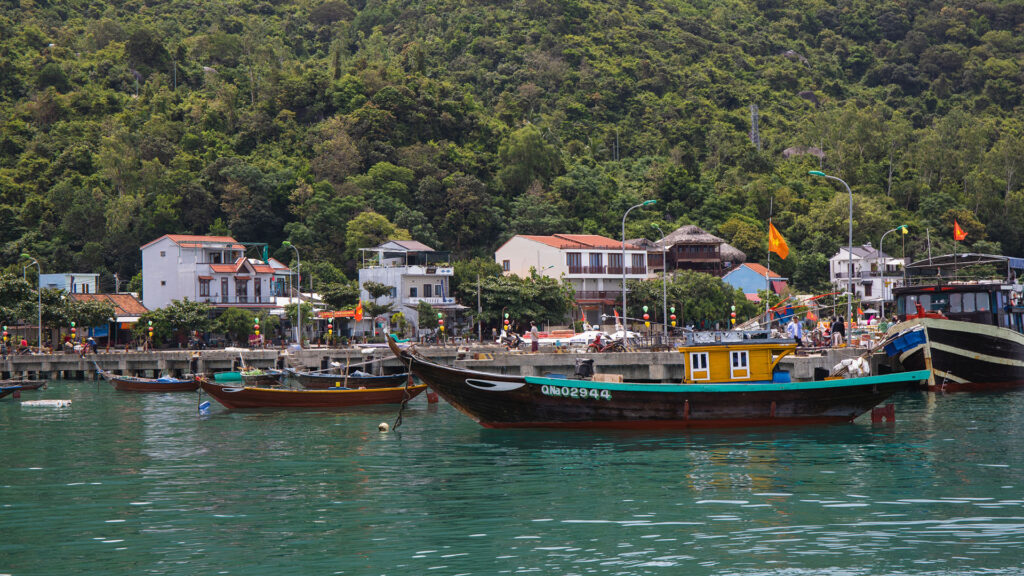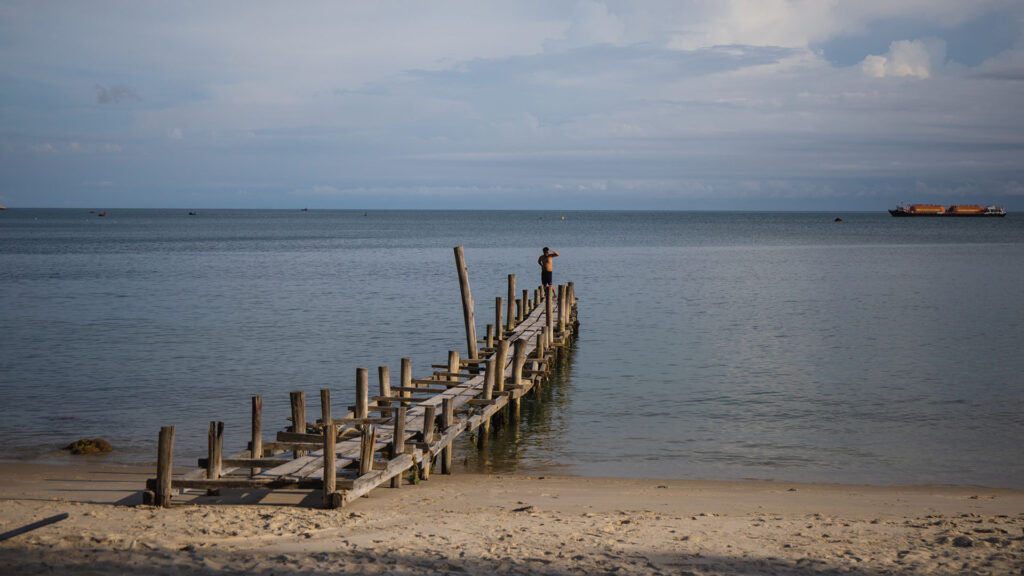As a land rich in history and a crossroads of ancient cultures, Da Nang City preserves many valuable archaeological sites that reflect the continuous process of habitation, trade, and development of its inhabitants throughout different historical periods.
With great historical, scientific, and cultural significance, these archaeological sites serve as vivid evidence of the cultural evolution of Central Vietnam. Exploring the archaeological sites in Da Nang offers visitors a journey back in time to learn about the lives, beliefs, and civilizations of ancient communities, while also experiencing the region’s natural beauty, rich cuisine, and the warmth of its people.

BAI LANG ARCHAEOLOGICAL SITE
Located in Tan Hiep Commune, Bai Lang is a residential site of the Champa people dating from the 7th to 10th centuries CE. Numerous artifacts have been unearthed here, mainly ceramics, stoneware, and porcelain of Champa, Chinese, and Middle Eastern origins, along with various household items and ornaments made of glass, stone, and agate. Traces of local glass production have also been discovered at the site.
Geographical location, artifacts, and ancient documents show that Bai Lang, Cu Lao Cham, was a long-term settlement reflecting the tool-making skills and cultural exchange of ancient coastal inhabitants in Central Vietnam. The site was recognized as a National Historical Site by the Ministry of Culture, Sports and Tourism in 2006.

BAI ONG ARCHAEOLOGICAL SITE
Also located in Tan Hiep Commune, Bai Ong is one of the most significant archaeological sites associated with the Sa Huynh Culture. It was discovered and surveyed in May 1999, and excavated in June 2000. The excavation pits at the site cover a large area with deep cultural layers, where archaeologists unearthed a great number of valuable artifacts of various types and materials.
Among the outstanding discoveries are Pre-Sa Huynh ceramics, Champa ceramics, Tang Dynasty ceramics, Central Vietnamese stoneware, and green-glazed porcelain, along with stone production tools and ornamental items such as a polished necklace made of black beads with white veins.
The discovery of Bai Ong holds great significance in the study of the Prehistoric and Protohistoric periods of Da Nang and the surrounding region. The site was recognized as a National Historical Site by the Ministry of Culture, Sports and Tourism in 2006.
THANH CHIEM CITADEL
Thanh Chiem Citadel, recognized as a National Historical Site in 2007, is now part of Dien Ban Ward, Da Nang City. It was established in 1602 by Lord Nguyen Hoang and served as an important political and economic center — the second capital of the southern region (Dang Trong). The citadel played a special role in Vietnam’s southward expansion and is also known as the birthplace of the Vietnamese romanized script (Quoc Ngu) — a linguistic heritage formed through the East–West cultural exchange on the Quang–Da land.
Although the ancient structures of the citadel no longer remain intact, the archaeological foundations and artifacts still hold great historical, cultural, and archaeological value. Visiting Thanh Chiem, travelers can learn about the origins of the Vietnamese written script and the history of the Quang–Da region, while also exploring nearby traditional craft villages such as Phuoc Kieu bronze casting, Au Lac woodworking, and Triem Tay mat weaving, and tasting local specialties like Phu Chiem Quang Noodles and Cau Mong roasted veal.

TRA KIEU ANCIENT CITADEL
Outstanding artifacts found here include the Tra Kieu altar, Apsara dancer statues, lion and elephant sculptures, and reliefs depicting the Garuda bird and Naga serpent, representing religious beliefs and the fusion of Hinduism and Buddhism. Other findings, such as bricks, ceramics, and roof tiles engraved with human faces, reflect the building techniques, aesthetic sense, and spiritual life of ancient inhabitants.
The significance of the site lies not only in its architectural scale or artistic refinement but also in its profound cultural and historical value, helping present generations better understand the formation, interaction, and development of ancient civilizations on the land that is now Da Nang City.
REFERENCE
Hoi An Center for Cultural Heritage Management and Preservation: https://hoianheritage.net/
DANANG TOURISM PROMOTION CENTER